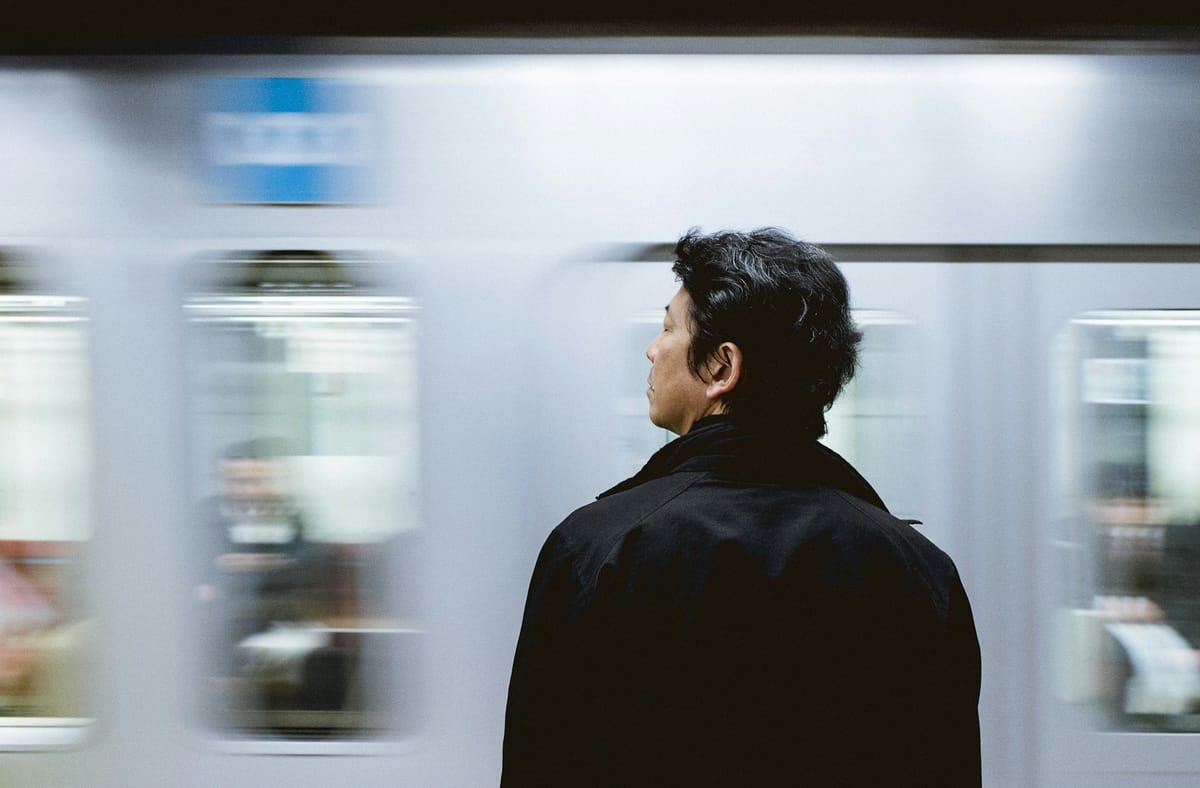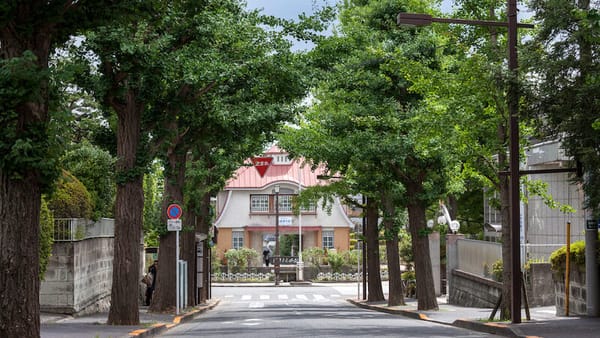How Silence Shapes Communication in Japan
Silence in Japan isn’t awkward — it’s intentional. Discover how quiet moments carry meaning, empathy, and respect.

In Japan, silence isn’t awkward — it’s intentional. Learn how Japanese communication uses silence to express respect, empathy, and emotional nuance.
Why Silence Feels So Different in Japan
If you’re living or working in Japan, one of the most quietly surprising aspects of everyday interaction is the way silence is used — or, rather, embraced. Where many Western cultures fill conversational gaps with reassurance or clarification, silence in Japan is not a void. It’s a signal, a gesture, a pause with meaning.
At first, it can feel disorienting. You might leave a meeting wondering if your idea landed. You might overanalyze a pause in conversation with a friend. But as with many things in Japan, the deeper you look, the more intentional it becomes.
Silence here isn’t a gap. It’s a message.
Silence Is Not Empty — It’s Full of Meaning
In Japan, conversation doesn’t rely solely on words. Instead, it’s a blend of speech, expression, posture, and — crucially — what’s not said. Silence is a conscious act, and one that’s deeply tied to the cultural value of wa (和) — harmony.
The Japanese concept of “ishin-denshin” (以心伝心) — roughly translated as “heart-to-heart communication” — captures the cultural reverence for unspoken understanding. It’s about tuning into someone else’s emotional state without needing them to explain. In practice, this might look like:
- A pause to let someone save face.
- A delay before answering to show thoughtfulness.
- A knowing glance that replaces a thousand words.
To Western ears, these moments might seem awkward. But in Japan, they’re emotionally fluent.
Cultural Roots: Why Silence Matters
Japanese society prizes modesty, restraint, and group cohesion. From childhood, people are taught to listen carefully, speak considerately, and prioritize the group over individual opinion. This is reflected in well-worn sayings like:
- 「言わぬが花」(Iwanuga hana) — What is not said is the flower.
- 「口は禍の元」(Kuchi wa wazawai no moto) — The mouth is the source of misfortune.
In other words, speech can be dangerous. Silence, on the other hand, preserves dignity. Saying less, in the right moment, is often seen as more elegant, more emotionally intelligent, and more aligned with the values of Japanese communication.
Silence as Politeness — Not Passive Aggression
Westerners might interpret silence as disapproval or lack of engagement. But in Japan, silence can be the highest form of respect — especially in delicate conversations.
Rather than confronting someone or airing disagreements publicly, people may respond with silence, an indirect comment, or subtle change in tone. These are not avoidance tactics — they’re considered gentler, more refined ways to communicate difficult truths.
Linguist Deborah Tannen has described Japanese communication as a culture of “extreme indirectness,” where what isn’t said can carry more weight than what is. In that context, silence is not avoidance — it’s diplomacy.
The Science Behind Silence: How Long Is Too Long?
In many Western countries, even a 2-second pause can feel like a conversational cliff. People rush to fill silence with nervous energy, backtracking, or filler words like “um” and “you know?”
But in Japan, silences of 5–7 seconds in conversation are often completely comfortable — even appreciated. Studies have shown that Japanese participants were more at ease during long pauses, interpreting them as thoughtful, respectful moments of processing.
One fascinating example comes from BBC Radio 4’s documentary The Power of Silence, which revealed how Japanese interviewees interpreted longer silences as signs of engagement, whereas American participants grew anxious and perceived a breakdown in communication.
The lesson? In Japan, silence isn’t a breakdown. It’s a breather.
Reading Between the Lines: Nonverbal Cues Are Everything
Because silence holds such power, nonverbal communication becomes the main carrier of meaning in many Japanese conversations. This includes:
- Subtle shifts in tone
- Downcast eyes or a small nod
- A sigh or brief smile
- A quiet pause after a question
There’s a deep cultural appreciation for those who can “read the air” — kuuki wo yomu (空気を読む) — or intuit the emotional and social dynamics in the room.
Being emotionally fluent in Japan doesn’t mean being loud or eloquent. It means being tuned in — noticing the silences, the glances, the things left unsaid.
Silence in Japanese Arts: The Sound of Stillness
You see this value beautifully echoed in Japan’s traditional arts:
- Noh theatre embraces minimalism, where slow, silent gestures can dominate an entire scene.
- Tea ceremony (茶道) is built around pauses, deliberate movements, and shared stillness — a ritual of quiet respect.
- Zen meditation (禅) treats silence not as absence, but as presence — the ground from which all insight emerges.
In these cultural practices, silence is not the opposite of communication. It is communication. Stillness speaks. Emptiness invites awareness.
Silence in Japanese Work Culture: The Unspoken Norm
You’ll also encounter this dynamic in Japanese offices and professional settings. In meetings, moments of silence are often used to:
- Signal deference to a senior colleague
- Process an idea before responding
- Avoid confrontation in group discussions
Jumping in too quickly can feel disruptive or aggressive. Instead, Japanese professionals may take a few seconds before responding — a gesture that communicates humility and consideration.
Even in job interviews, candidates are encouraged to pause and reflect before answering. Silence shows that you’re taking the question seriously — not that you’re unprepared.
For Foreigners: How to Embrace the Quiet
If you’re new to Japan, your first instinct might be to fill every pause. But over time, you’ll learn that silence is part of the conversation — and understanding it can deepen your relationships and cultural fluency. Here’s how to navigate it:
- Listen more than you speak. Notice what’s not being said.
- Don’t rush to fill pauses. Let the silence breathe.
- Pay attention to context. What’s happening in the room? Who’s present?
- Watch body language. Facial expressions often reveal the real message.
The reward? You’ll start picking up on nuances you missed before — and you’ll be seen as someone who gets it.
Silence Is an Invitation, Not a Rejection
One of the most beautiful lessons Japan teaches us is that silence doesn’t mean disconnection. It can mean presence, patience, attentiveness — the things that, in many cultures, are drowned out by noise.
Rather than rushing to explain yourself, to justify, or to clarify, sometimes the most powerful thing you can do is pause. Because in Japan:
- Silence is empathy.
- Silence is thoughtfulness.
- Silence is emotional intelligence.
Let the Silence Speak
In a world that often prizes boldness and quick answers, Japan reminds us of the power of stillness. Of pausing. Of letting things resonate before reacting.
Whether you’re navigating your workplace, your friendships, or simply ordering coffee, embracing Japan’s relationship with silence can help you build trust, deepen understanding, and experience communication in a more mindful, embodied way.
So next time you feel the silence coming — don’t panic. Let it in. It may be saying exactly what words can’t.
Follow us on Instagram @coulecte and YouTube @coulectejapan for more reflections on culture, language, and life in Tokyo. And don’t forget to sign up for our email newsletter — where quiet thoughts often lead to big ideas.





